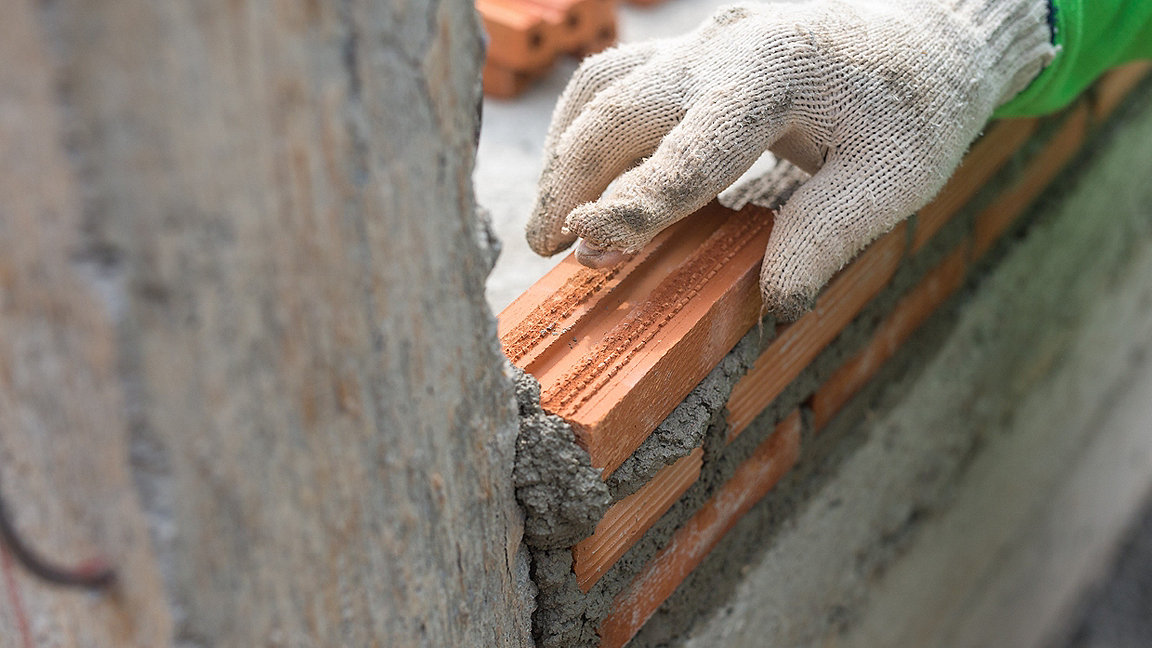
In October 2020, the Scottish government's Building Standards Division launched a three-year workforce strategy to address the lack of training opportunities for new entrants to the profession and ensure long-term succession planning.
Data published in 2021 shows that of around 600 building standards staff in Scotland – the nation's equivalent of building control surveyors – 47% were more than 50 years old and may therefore leave the profession within the next five to ten years.
Group convened to address lack of training
In simple terms, the profession is not attracting enough people to take up roles as building standards surveyors. One of the reasons is the lack of college or university courses that provide relevant training across Scotland.
Research by the Building Standards Division and the organisation Local Authority Building Standards Scotland (LABSS) into developing vocational pathways identified a number of modules being offered by higher education institutions with construction and built environment degree programmes, but found no dedicated building standards qualification.
In direct response to this, the division has created a working group with members from LABSS and the Energy Skills Partnership (ESP), representing colleges teaching energy, engineering and construction.
The group had multiple objectives, including attracting new people to building standards and creating a qualification specifically for the profession. To do so, the group determined that a modern apprenticeship in building standards would be the best option, offering new entrants the opportunity to work, earn and learn at the same time.
Engaging colleges and councils
To create the apprenticeship, identifying training partners was essential.
ESP was able to engage Fife College, and the University of the Highlands and Islands (UHI) along with Inverness College. As training partners, both colleges would be responsible for delivering academic training.
The working group considered that existing higher national certificate (HNC) and diploma (HND) qualifications in architectural technology provided by both colleges were already aligned with the most relevant learning criteria for building standards surveying apprentices.
Further modules offered by both colleges were also identified as being suitable for apprentices' development by enhancing the learning experience. For example, the building surveying HNC includes modules on building inspection and building measurement, fundamental learning from both of which will support apprentices' development and their understanding of the key skills of surveyors, with an emphasis on inspection.
The modern apprenticeship will consist of study towards an HNC and a subsequent HND, each of which will take two years. Apprentices will also be able to opt out after two years with an HNC in architectural technology; although this is not the intention, the arrangement does give flexibility should an apprentice's circumstances change or they want to use the qualification for entry to a university degree.
Once the framework was in place, it was crucial to get support from the local authorities that would employ the apprentices, to outline the benefits of doing so. At the launch of the building standards workforce strategy, LABSS and the Scottish government engaged the Society of Local Authority Chief Executives and Senior Managers (Solace) and the Convention of Scottish Local Authorities (COSLA), to encourage councils across Scotland to take on apprentices. This resulted in an initial uptake of 22 apprentices at a number of local authorities.

Building standards modern apprentice Charlie Calder of Fife Council's Building Standards Team inspecting the substructure of new-build housing © Charlie Calder
Coordinating across the country
My role as training director on behalf of LABSS has been to manage the apprenticeship programme, liaising between stakeholders to monitor progress and helping local authorities understand what to expect as employers.
This has involved me advising on the creation of a training agreement to be signed by the employer, apprentice and college, setting out the terms and conditions to which each was committing themselves. Local authorities were also provided with template job descriptions and vacancy listings to help with the recruitment purposes.
The building standards modern apprenticeship was formally launched on 2 September 2022. By the end of November, apprentices had started their building standards career journeys at Aberdeen City, the City of Edinburgh, East Dunbartonshire, Dundee City, Fife, North Ayrshire, Perth and Kinross and South Lanarkshire Councils, and at Council of the Western Isles.
With students across the country, both Fife and Inverness College have agreed to deliver teaching online from their respective campuses in Dunfermline and Inverness. However, should any of the students wish to do so, they are able to visit campus and attend class in person. This not only offers a welcome alternative to learning from home but will enable them to engage with other students, including those studying full-time, and enhance their well-being.
Addressing the needs of the profession
The apprenticeship will be critical to address the medium- to long-term succession planning needs for the building standards profession. But if these needs are to be met, local authorities that have not already committed resources to a modern apprentice role must do so in 2023.
The building standards modern apprenticeship course will take a collective effort to support students on their journeys. It is our ambition that the apprenticeship will serve as a pathway for new building standards professionals for many years to come.
The building control profession has been under scrutiny in recent years, and it is of paramount importance that we continue to invest in the development of new entrants to create a competent, motivated and highly skilled building workforce for the future.
'The apprenticeship will be critical to address the medium- to long-term succession planning needs for the building standards profession'
Daniel Henderson FRICS is a building standards manager at the City of Edinburgh Council and junior vice-chair of the LABSS executive
Contact Daniel: Email

